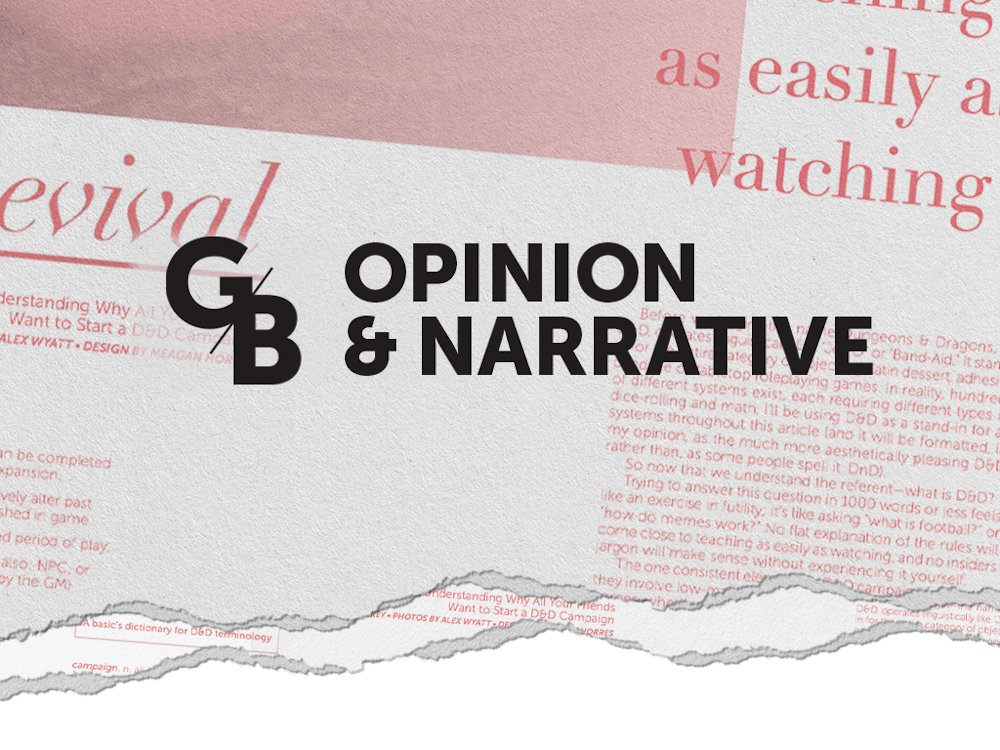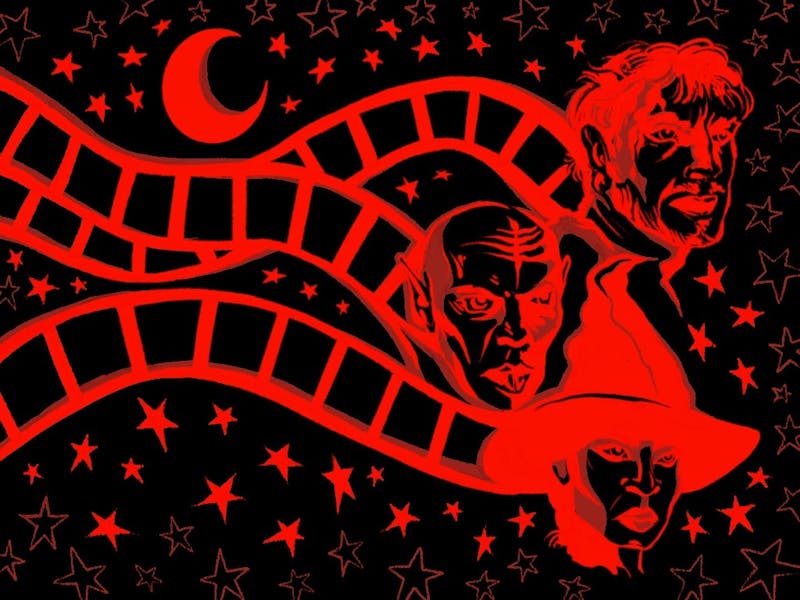With new TV shows and streaming services constantly being released, many viewers find themselves watching several episodes of a series in one sitting or binge-watching. You start episode one of Squid Games on Netflix, and the next thing you know you’ve spent more than 8 hours watching the entire season. You start the first episode of Outer Banks, and two days later you’ve watched all 989 minutes, or 16.5 hours, of the series. At the end of a series, some viewers are left feeling fulfilled, while others feel empty. However you feel, most viewers are likely to keep binge-watching.
So why do we binge-watch? Why did over 300,000 people watch the entire second season of Stranger Things on the first day it was released? Why has Friends been watched 100 billion times worldwide? If you want a one-word answer, it’s dopamine.
When one engages in an enjoyable activity, the brain releases a chemical called dopamine, or the “happy hormone.” Once our brains are exposed to it, we want more. Therefore, when we watch an episode of a TV show, for example, our brains want to watch another episode to get more dopamine.
Clinical psychologist Renee Carr compares this release of dopamine to a drug user. “When binge-watching your favorite show, your brain is continually producing dopamine, and your body experiences a drug-like high,” Carr said to NBC News. Similar to a drug user needing more drugs to get more dopamine, our bodies need another episode of a show. This seemingly endless cycle leads to binge-watching.
Aside from the chemicals being released within viewers’ brains, the content of TV shows also motivates viewers to keep watching. A suspenseful or dramatic series keeps viewers on the edge of their seats, and they need to keep watching to find out what happens next.
“I think compelling, overarching mysteries or suspense questions whose answers are withheld until the very end make viewers feel the drive to keep going,” Mark Minett, a Film and Media Studies Associate Professor at the University of South Carolina, said.
Series creators may intentionally withhold important information from viewers until the end of an episode or season. Netflix characterizes You as “dark” and “suspenseful,” and is full of cliffhangers and unanswered questions. Who is Joe going to kill next? Is Love out to get Joe? Will the police ever catch them? These unanswered questions and plot twists keep viewers watching until they get the answers, and have made You one of Netflix’s most-watched series.
Luckily for TV creators, dopamine doesn’t discriminate against genres of shows. Whether it’s a suspenseful show or a mindless sitcom, our brains still want to binge-watch it. Shows like Friends and The Office have proved to be popular binge-worthy shows, yet they aren’t considered “suspenseful” or “dark.” In this case, “binging is a little more like going through a quart of ice cream—just comfort food, where you get lost in repeating the loop of pleasure again and again,” Minett said.
Regardless of the genre or content of a series, streaming services work to encourage binge-watching. “When I watch a show I don’t usually have the remote near me, so I just let the next episode play,” UofSC student Haleigh Brown said. Whether you want to keep watching or not, streaming services like Netflix automatically play the next episode. They also use other algorithms to encourage you to watch more, like suggesting shows based on what you’ve already watched and creating categories of shows that are unique to you.
Netflix and other streaming services have created systems that make it hard not to binge-watch TV shows, but it hasn’t always been like that. It may seem like an ancient concept, but viewers used to use cable TV and wait an entire week before watching the next episode in a series. This concept, also known as a “linear” series, may be making a comeback, as producers realize there are perks to this traditional way of watching TV.
Season two of Euphoria, for example, went old school and aired one episode every Sunday on HBO. “Euphoria only being on once a week made people crazy for the show. People would have Euphoria watch parties like they do for the Bachelor,” Brown said. “It made each episode special, instead of watching them all at once.”
Watching a linear series helps elongate the conversation and interest surrounding the show. Memes, TikToks and tweets were made about each Euphoria episode, which generates buzz for the entire eight weeks that it airs. When a show is binge-watched quickly, there is a one-time buzz about the season as a whole, not each episode.
“[Linear TV shows] keep the show in the cultural conversation longer, as marketing teams can promote multiple episodes, media writers have more opportunities to write about the show, and viewers discuss each episode rather than entire seasons,” Minett said.
Elongating the interest in a series is also beneficial for the creator. “I think creatives also can feel let down by the prospect of working for months and months on a show and it disappearing after a weekend of binging,” Minett said. Series creators want their show to be a topic of conversation for as long as possible, and binge-watching cuts this conversation short.
While some producers may prefer the linear viewing method, many viewers still prefer binge-watching shows because of the immediate satisfaction and release of dopamine. Wherever you stand in this linear vs. binge-watching divide, there are pros and cons to both methods. With more TV shows using the traditional linear method and new streaming services being created to encourage binge-watching, it is safe to say that the divide is not going away anytime soon.



